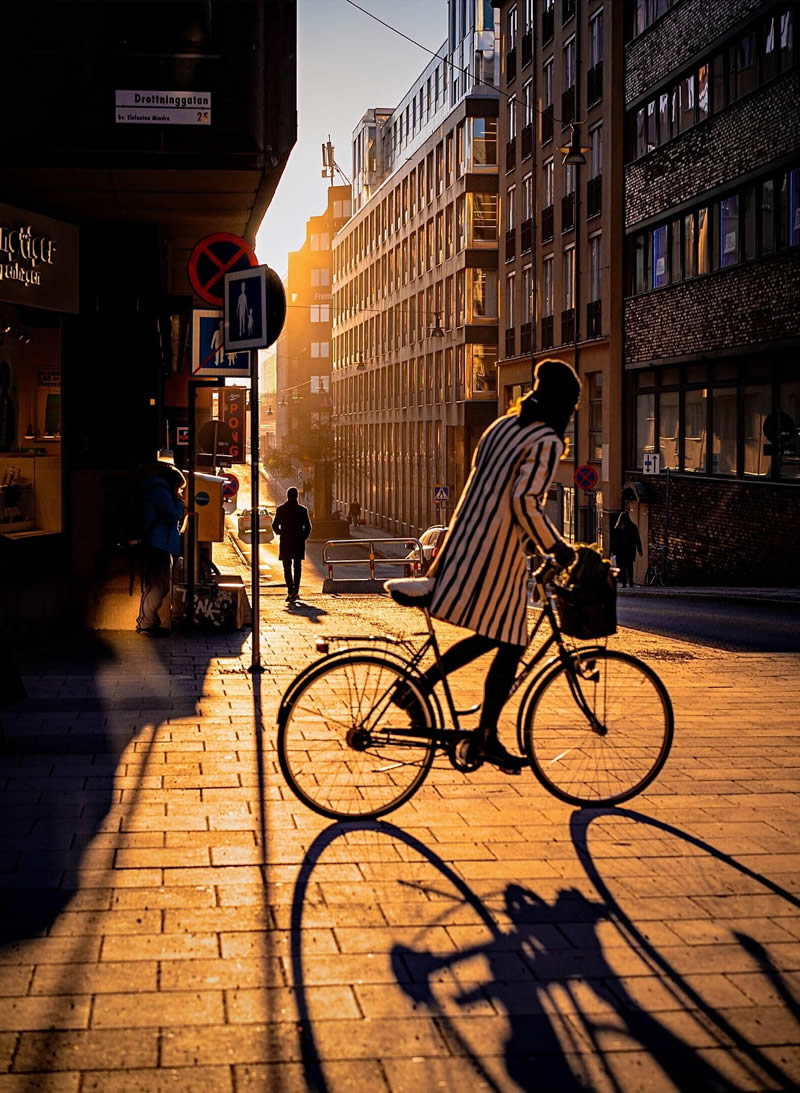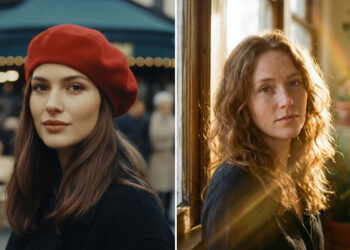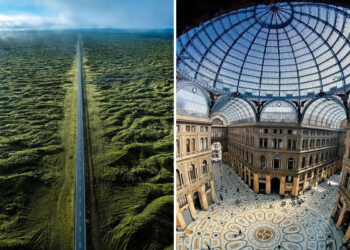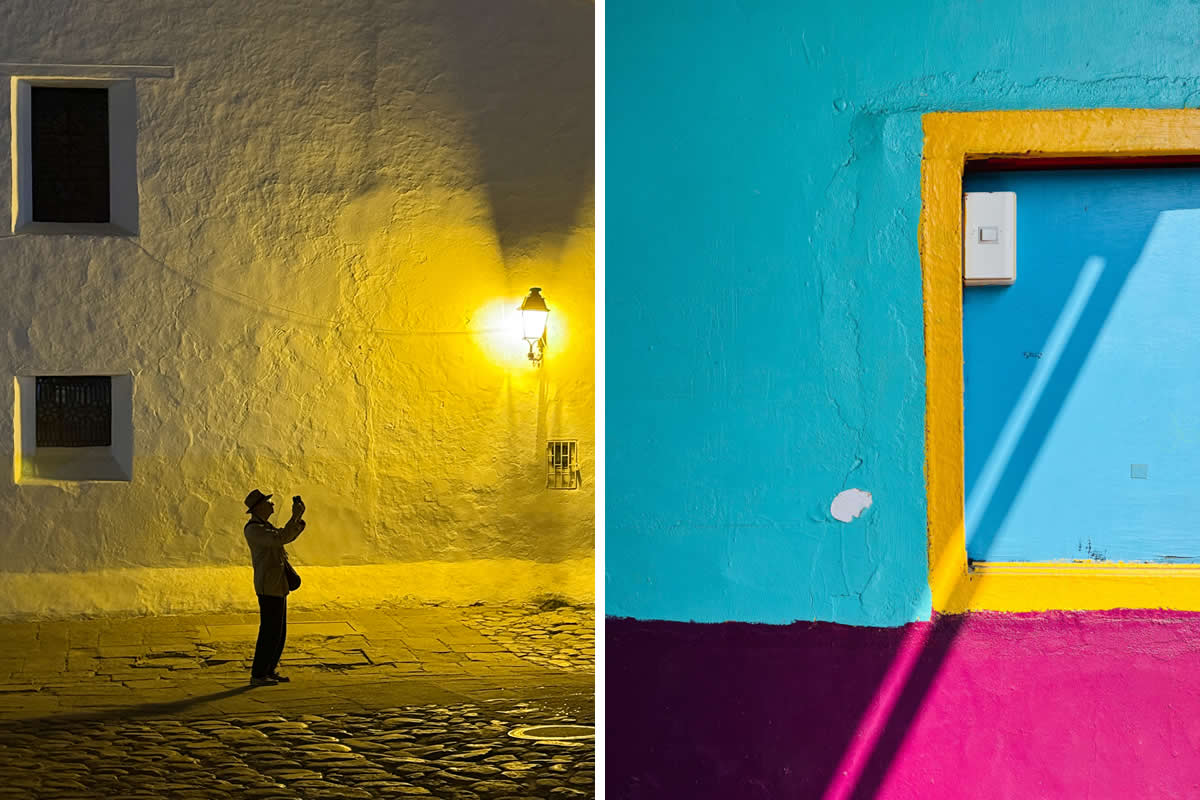Photography, at its essence, is the art of capturing light. Without it, even the most skillful composition or striking subject falls flat. This curated collection of 25 brilliant color photos demonstrates just how transformative light can be—turning ordinary moments into works of art and imbuing each frame with depth, emotion, and atmosphere.

Photo by: Mirko Saviane
From the warm golden glow of sunrise to the cool, ethereal tones of twilight, these images reveal how light shapes the mood and meaning of a photograph. In some frames, sunlight paints bold highlights and long, dramatic shadows. In others, diffused light creates a soft, dreamlike quality that invites viewers to linger. The interplay of brightness and darkness, color and contrast, is what gives each shot its soul.
Color plays a vital role in this visual symphony. When light strikes a surface—whether it’s a sunlit field of flowers, rain-slicked city streets, or a quiet room filled with window light—it doesn’t just illuminate; it transforms. Reds become richer, blues deeper, golds warmer. The photographers behind these images understand how to harness light’s natural palette, using it not just to reveal a scene, but to tell a story.
This collection is a testament to the idea that photography is not simply about pointing a camera—it’s about seeing. It’s about recognizing the precise moment when light interacts with the world in a way that is fleeting yet unforgettable. Whether it’s the brilliance of midday sun or the subtle glow after rain, light gives life to photography, and these 25 images are proof.
Here, light is more than illumination. It’s the heartbeat of every frame, the silent storyteller that turns a photograph into something timeless.
All photos are linked and lead to the sources from which they were taken. Please feel free to explore further works of these photographers on their collections or their personal sites.
#1
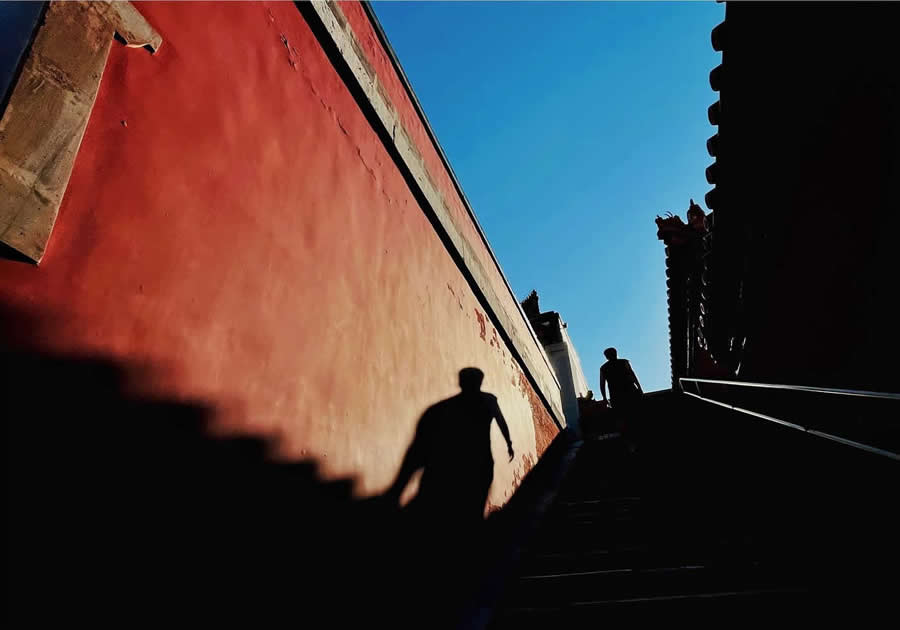
Photo by: Nikodemus Widjaja
#2
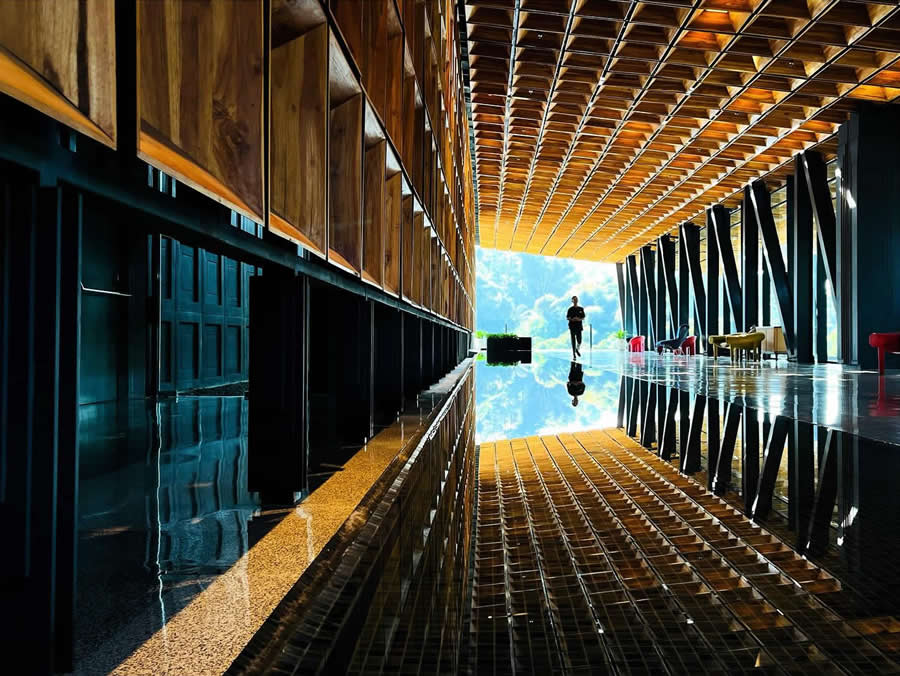
Photo by: Nikodemus Widjaja
#3
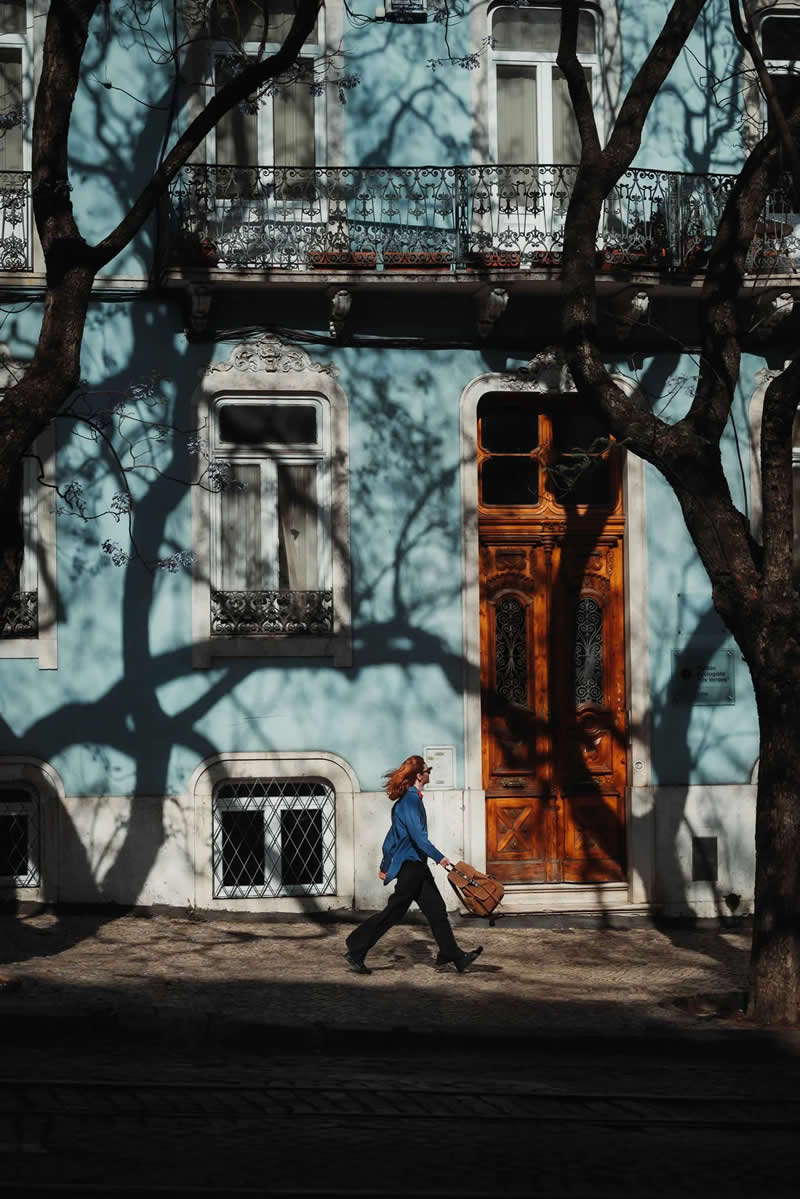
Photo by: Eugenia Hanganu
Understand the Quality of Light
Before pressing the shutter, pay attention to the quality of the light—whether it’s soft, harsh, warm, or cool. Soft light, such as that found during overcast days or early morning, creates gentle shadows and even illumination, making it ideal for portraits and detailed textures. Harsh midday sunlight, on the other hand, produces strong contrast and deep shadows, which can add drama but also risk blowing out highlights.
Knowing how to read light means you can adapt your settings and style to match the mood you want. Always observe how the light interacts with your subject—does it reveal details, enhance colors, or create striking silhouettes? This awareness is the foundation of capturing light perfectly in any situation.
#4
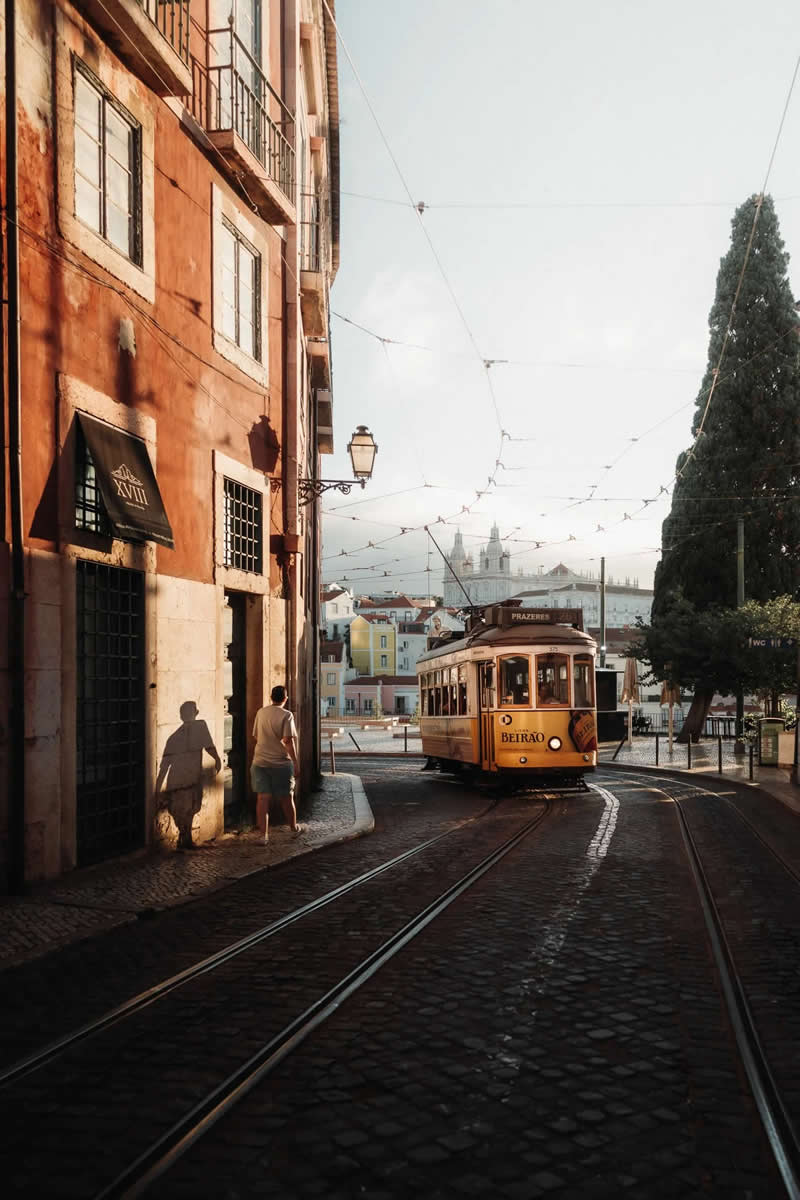
Photo by: Eugenia Hanganu
#5

Photo by: Irshan CK
#6

Photo by: Irshan CK
Master the Golden and Blue Hours
The golden hour—shortly after sunrise and before sunset—is a favorite for photographers because it bathes scenes in warm, flattering tones. Shadows lengthen, and the light becomes directional yet soft, giving depth and texture to your images. The blue hour—the period just before sunrise and after sunset—offers a cooler, more tranquil palette with soft gradients in the sky, ideal for moody landscapes or cityscapes.
To make the most of these times, plan ahead. Check sunrise and sunset times, arrive early, and be ready to shoot as light changes quickly. By mastering these transitional hours, you can harness nature’s most photogenic light without relying on artificial sources.
#7
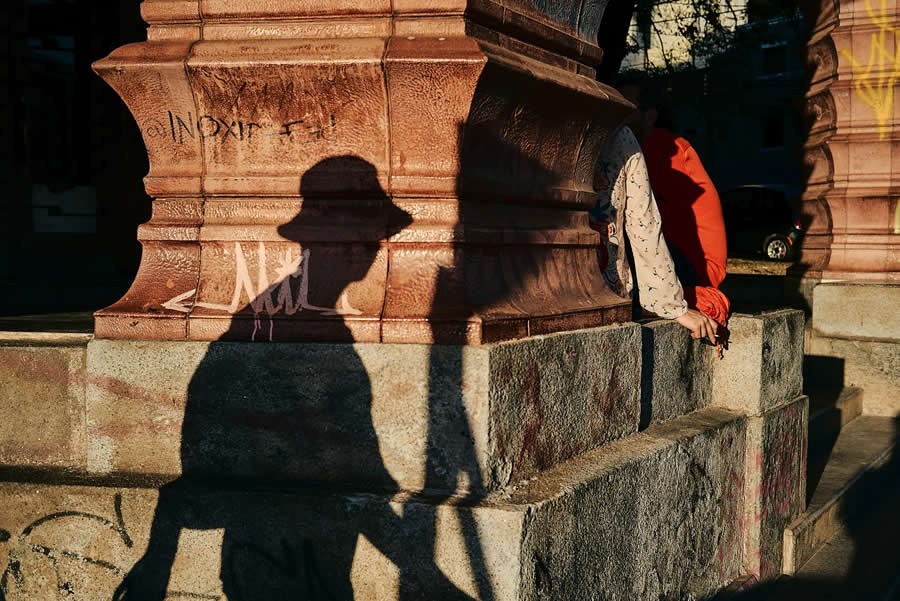
Photo by: Gustavo Minas
#8
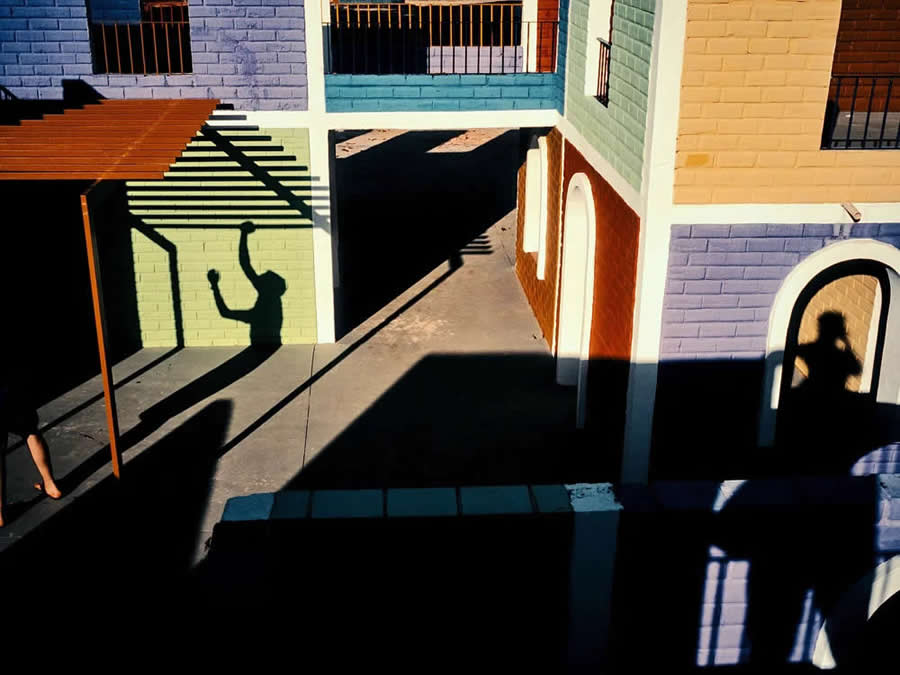
Photo by: Gustavo Minas
#9

Photo by: Selaru Ovidiu
#10

Photo by: Selaru Ovidiu
#11
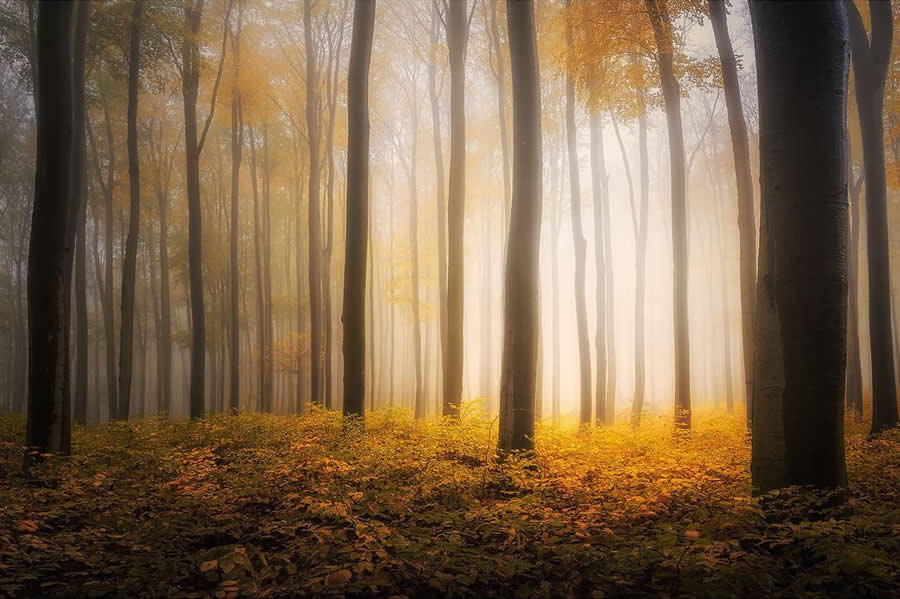
Photo by: Radoslav Cernicky
Pay Attention to Light Direction
Light direction dramatically affects mood and detail. Front lighting evenly illuminates your subject, reducing shadows and revealing color accurately. Side lighting adds depth and dimension, making textures pop. Backlighting, where the light source is behind the subject, creates striking silhouettes or halo effects, especially when combined with lens flare for artistic touches.
Moving yourself—or your subject—just a few steps can transform the way light interacts with the scene. Train your eye to notice how shadows fall, how highlights define edges, and how light wraps around objects. Experimenting with different angles will help you discover which direction brings out the emotion and character you want in your shot.
#12
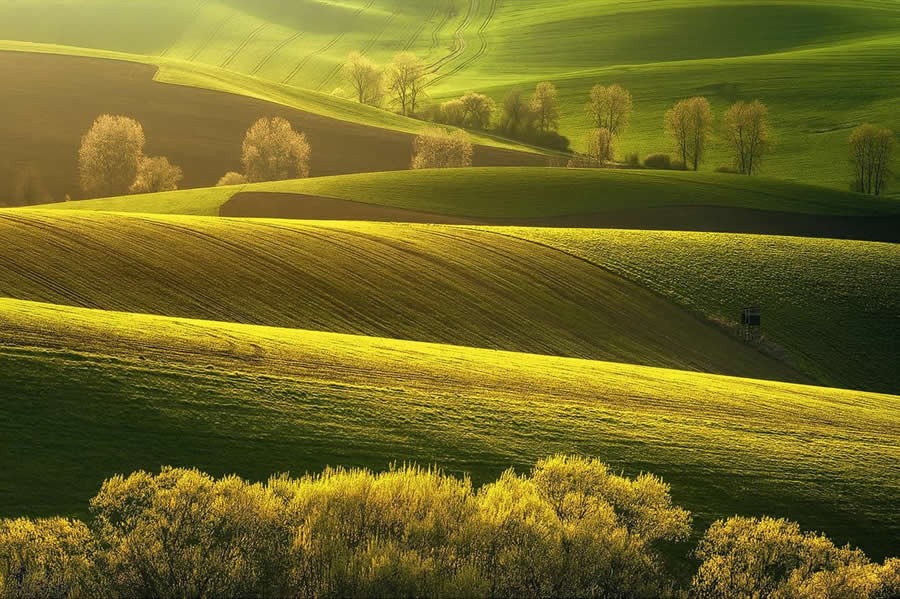
Photo by: Radoslav Cernicky
#13
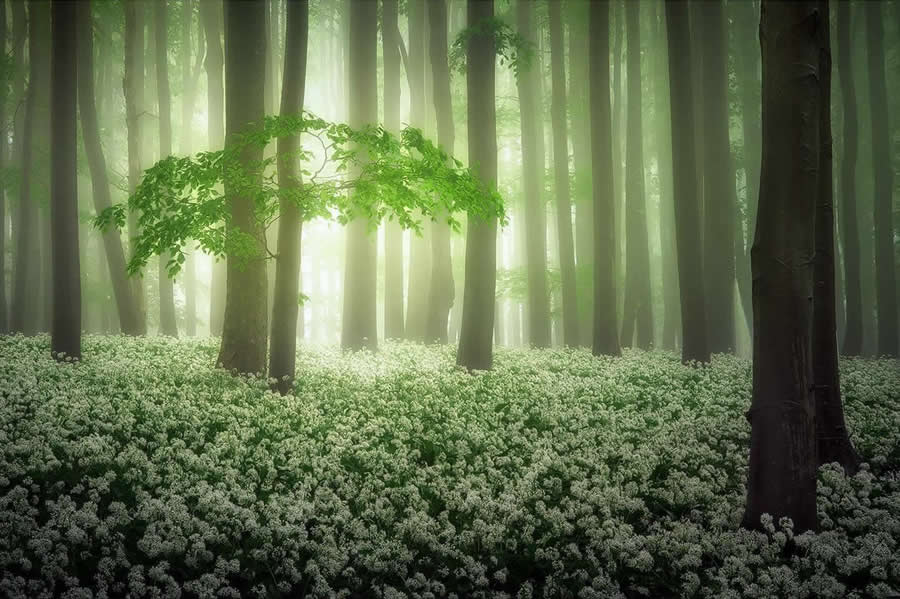
Photo by: Radoslav Cernicky
#14
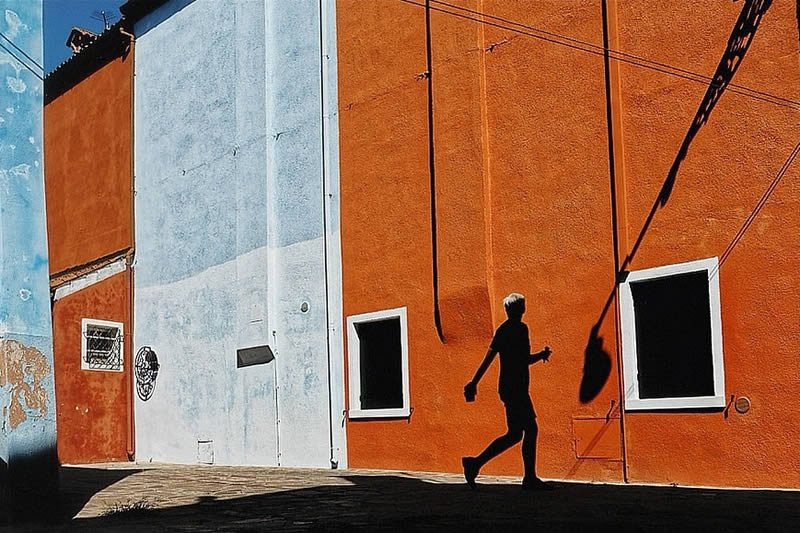
Photo by: Mirko Saviane
#15
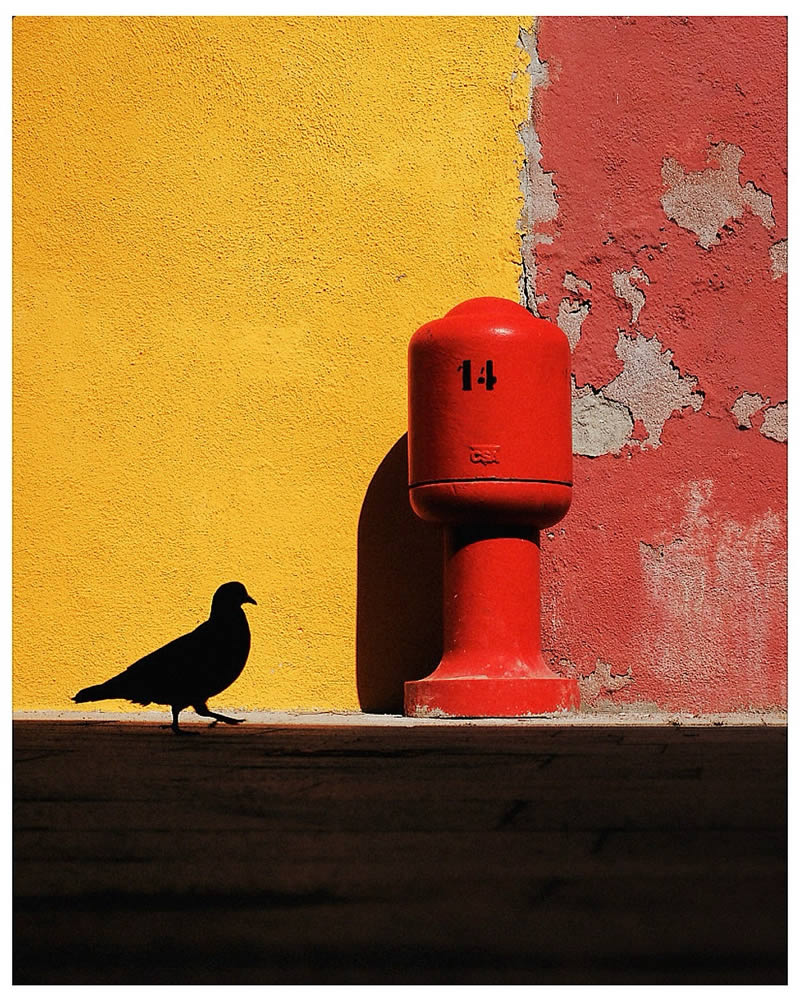
Photo by: Mirko Saviane
#16
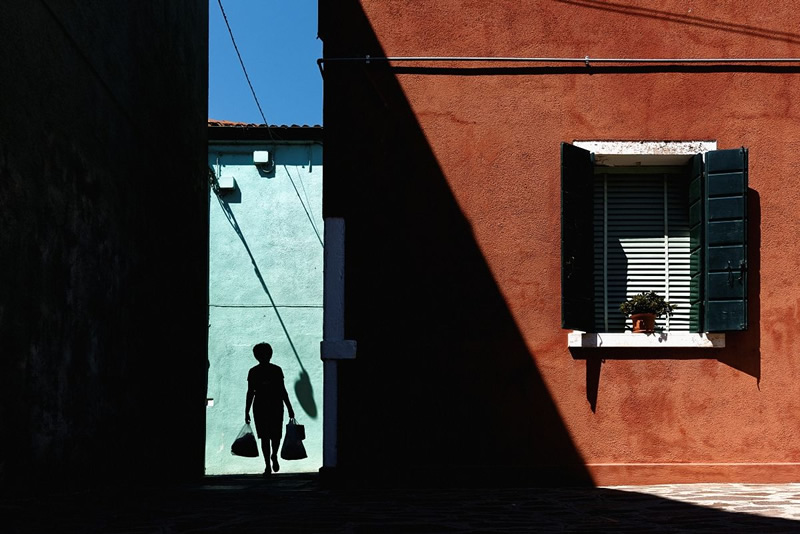
Photo by: Mirko Saviane
Use Reflectors and Diffusers
Sometimes natural light needs a little help. Reflectors bounce light back onto your subject, filling in shadows and creating a balanced exposure. They’re particularly useful for portraits in harsh sunlight, where shadows can be too strong. Diffusers, on the other hand, soften direct light, reducing harshness and preventing overexposed highlights. A simple translucent umbrella, a fabric sheet, or even a thin curtain can work as a diffuser.
Learning to manipulate light with these tools gives you greater control over the final look of your images. The best part? Reflectors and diffusers are inexpensive, lightweight, and versatile, making them essential accessories for any photographer who wants perfect lighting in every shot.
#17
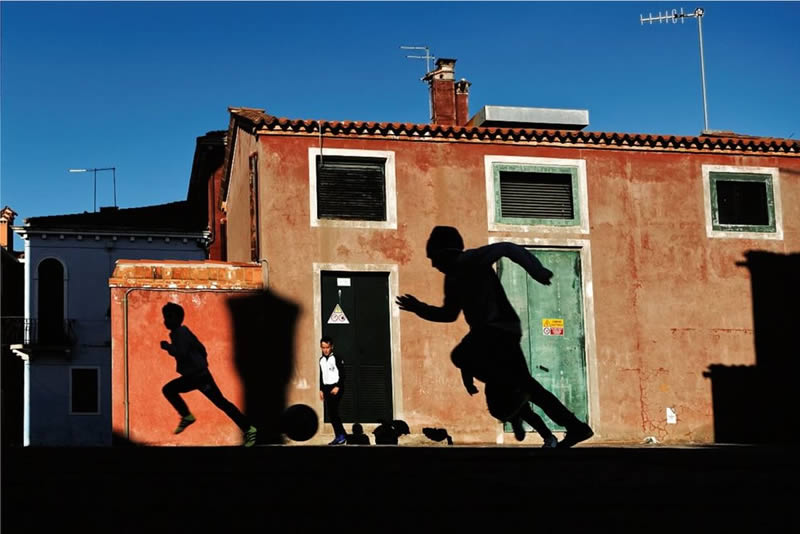
Photo by: Mirko Saviane
#18
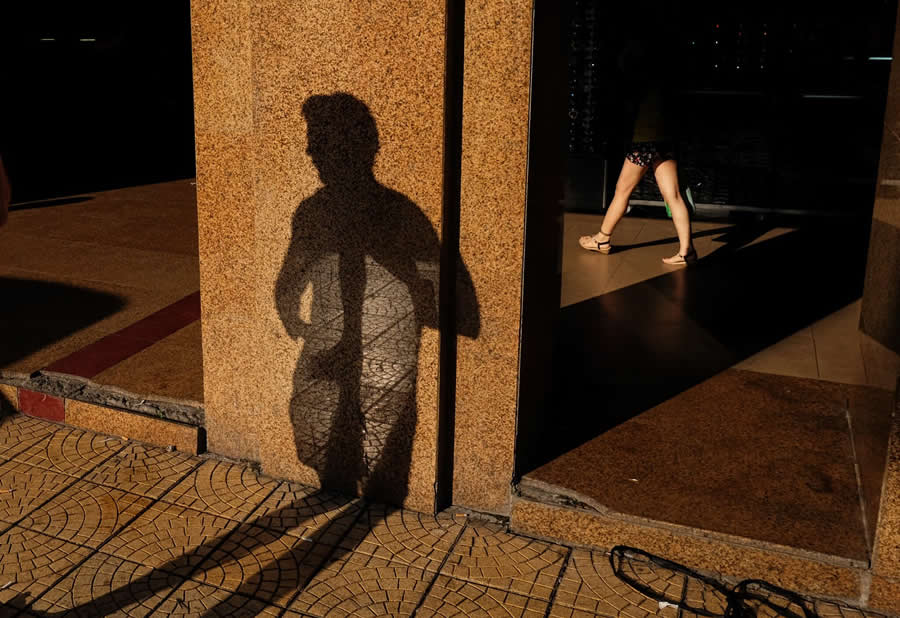
Photo by: Chu Việt Hà
#19

Photo by: Andrea Torrei
#20
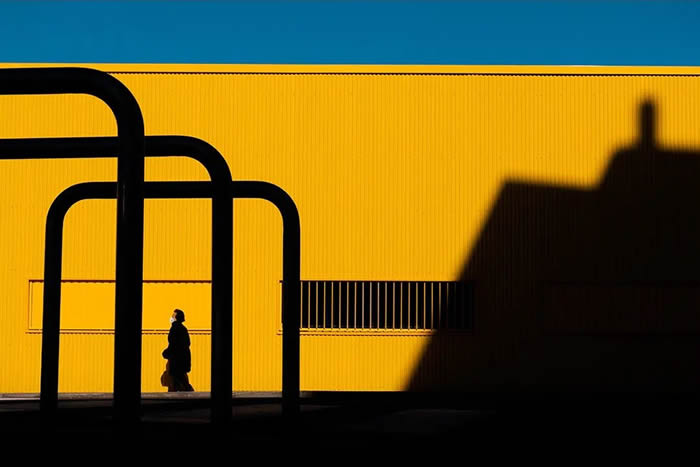
Photo by: Joaquín Pastor Genzor
Learn to Expose for Highlights
Perfect light can easily be ruined if your exposure settings aren’t balanced. One of the most important skills in photography is exposing for the highlights—ensuring the brightest parts of your image retain detail without becoming pure white. This is especially important in high-contrast scenes like sunsets, snowy landscapes, or backlit portraits. Use your camera’s histogram to check exposure and avoid clipping highlights.
Slightly underexposing can preserve detail, which you can then bring out in post-processing. By prioritizing highlight preservation, you give your images a professional, polished look while keeping the full tonal range intact. This approach ensures that when light is perfect, your photograph will be too.
#21

Photo by: Joaquín Pastor Genzor
#22

Photo by: Yago Saraiva
#23

Photo by: Yago Saraiva
#24

Photo by: Fredrik Axling
#25
